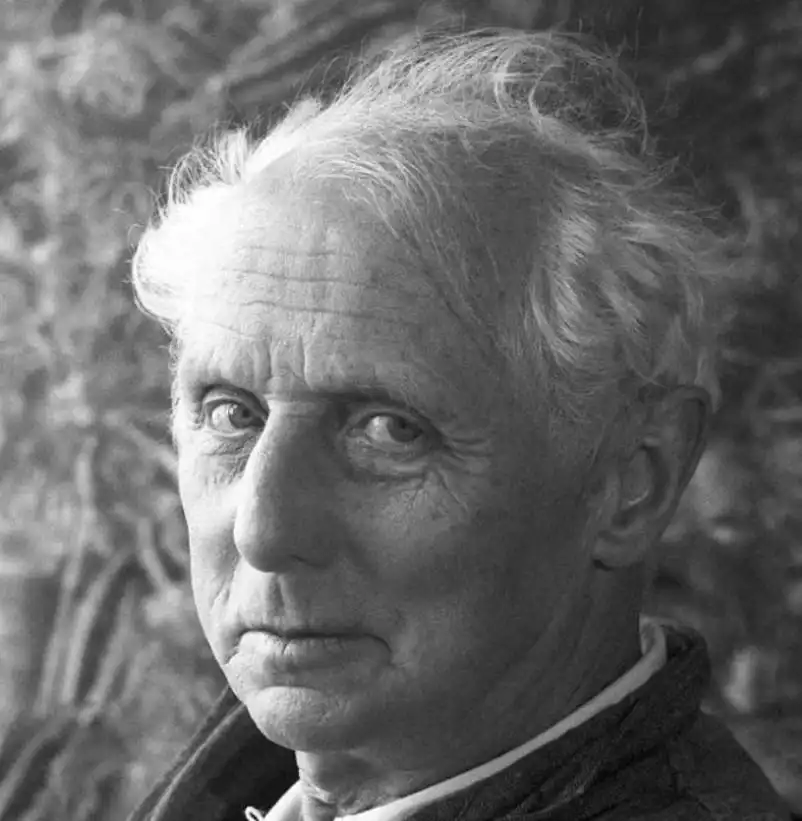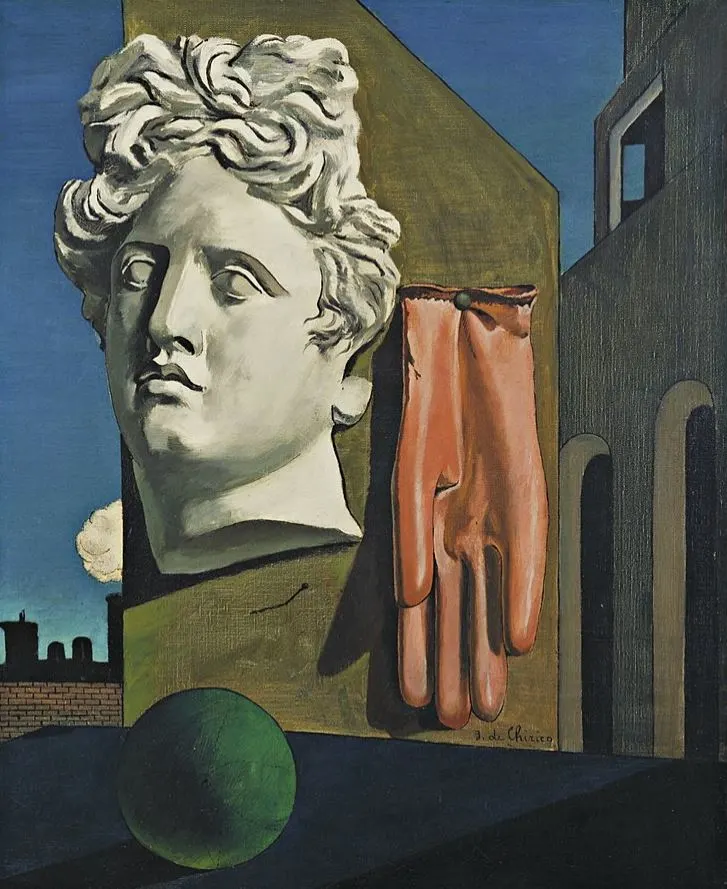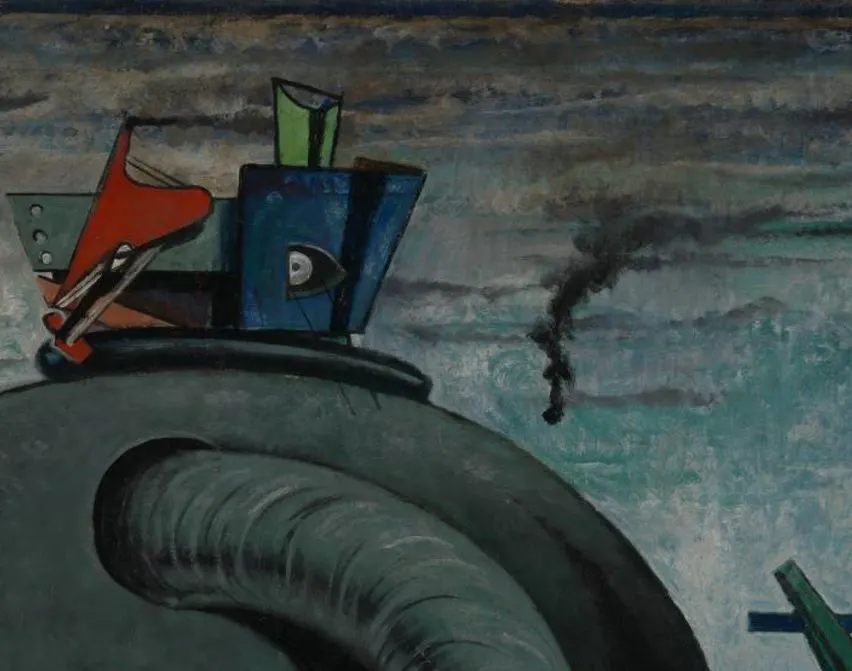The period after World War I marked a significant shift in the history of art, and this German artist played a major role in two movements that emerged around this time.
Max Ernst (1891-1976) was a pioneer of both the Dada and Surrealist art movements and invented several remarkable painting techniques.
One of his most notable works was produced when he was transitioning between both art movements, reflecting the styles in which it was painted.
Let’s take a closer look at some of the most interesting facts about The Elephant Celebes by Max Ernst, an important Surrealist painting for several reasons.
1. It was completed shortly after the conclusion of World War I
Max Ernst was born in the town of Brühl near the major city of Cologne in Western Germany. His father was an amateur painter and authoritarian, something that inspired Max to paint himself and develop an anarchist trait.
When he visited an exhibition in Cologne in 1912, he was highly inspired by the paintings of Pablo Picasso and Vincent van Gogh.
His career might have taken a different direction if it were not for the fact that he was drafted to fight at the front in World War I. He was only discharged at the end of the war in 1918.
About his tragic stint in the military, he wrote:
On the first of August 1914 M[ax] E[rnst]. died. He was resurrected on the eleventh of November 1918.

He completed The Elephant Celebes in 1921, about 3 years after the conclusion of World War I and his self-proclaimed resurrection.

2. It depicts a mechanical elephant in a dreamlike landscape
This painting can easily be referred to as an ambiguous work of art. it depicts a mechanical elephant that appears to have a horned head without eyes.
The elephant wears a brightly colored element that has one eye and the entire landscape in the background is dream-like.
The shape of the elephant is believed to have been inspired by a photograph that Ersnt saw of a clay corn bin. These were used by a southern Sudanese culture called the Konkombwa.
The totem pole on the right further indicates that the elephant was inspired by traditional African culture.

3. The painting features elements of two different art movements
Max Ernst was one of the leading Dada artists following the conclusion of World War I and co-founded the Cologne Dada group.
He produced his first collage in the year 1919 and this became a recurring element in his art throughout his career.
The collage style of The Elephant Celebes is combined with the particular subject matter that defines the Surrealist art movement.
Two flying fish in the top left corner are just some of the elements that don’t make sense but which Ernst somehow included in this remarkable work of art.

4. It was completed when Ernst became inspired by an Italian artist
The main reason why Max Ernst made the transition between Dada and Surrealism in the years following World War I is that he was inspired by the works of an Italian artist.
Giorgio de Chirico (1888-1978) was the founder of the scuola metafisica, an art movement that served as a great source of inspiration for the Surrealist artists.
What’s remarkable is that he didn’t join the Surrealist movement and became a critic of modern art after 1919. He referred to it as “The Return of Craftsmanship.”
Nevertheless, he influenced an entire generation of artists who adopted his remarkable style such as the one found in one of his early paintings titled “The Song of Love” (1914).

5. There’s something remarkable about the nude figure in the foreground
Did you see the surgical glove in Chirico’s “Love Song?”
This became a recurring element in Surrealist art and Max Ernst also included it in The Elephant Celebes.
The headless mannequin that us inviting the viewer to check out the weird animal that dominates the entire composition wears one of these.
It has also been suggested that the sculpture-like figure was inspired by the story of the Abduction of Europa by Zeus who was disguised as a bull. The painting by Titian is one of several that depicts this myth.

6. The background might hint at Ernst’s traumatic experience during WWI
It remains a mystery what the structure on top of the elephant represents, but it might have something to do with the artist’s experiences during World War I.
He described this as the “mechanical terror of the war experience,” and the black smoke that emerges from the gloomy landscape certainly confirms this theory.
He also used these elements in later works when he developed his style of “frottage.” This revolved around automatic painting using the subconscious mind.

7. How big is The Elepehant Celebes by Max Ernst?
ThenElephant Celebes by Max Ernst is a medium)sized oil on canvas painting that has dimensions of 125.4 × 107.9 centimeters (49.4 × 42.5 inches).
8. Where is the painting located today?
The artist titled the painting “Celebes” and added inscriptions of this on both the front and back of the painting. It’s believed that he completed this work in Cologne in 1921.
The painting was purchased by a French poet and one of the co-founders of the Surrealist movement, Paul Éluard (1895-1912).
The French poet brought it to Paris and it remained in his collection until 1938, the year it was acquired by English Surrealist Roland Penrose (1900-1984).
He donated it to the Tate Gallery in London in 1975 and today, it remains part of the collection of Tate Modern.

